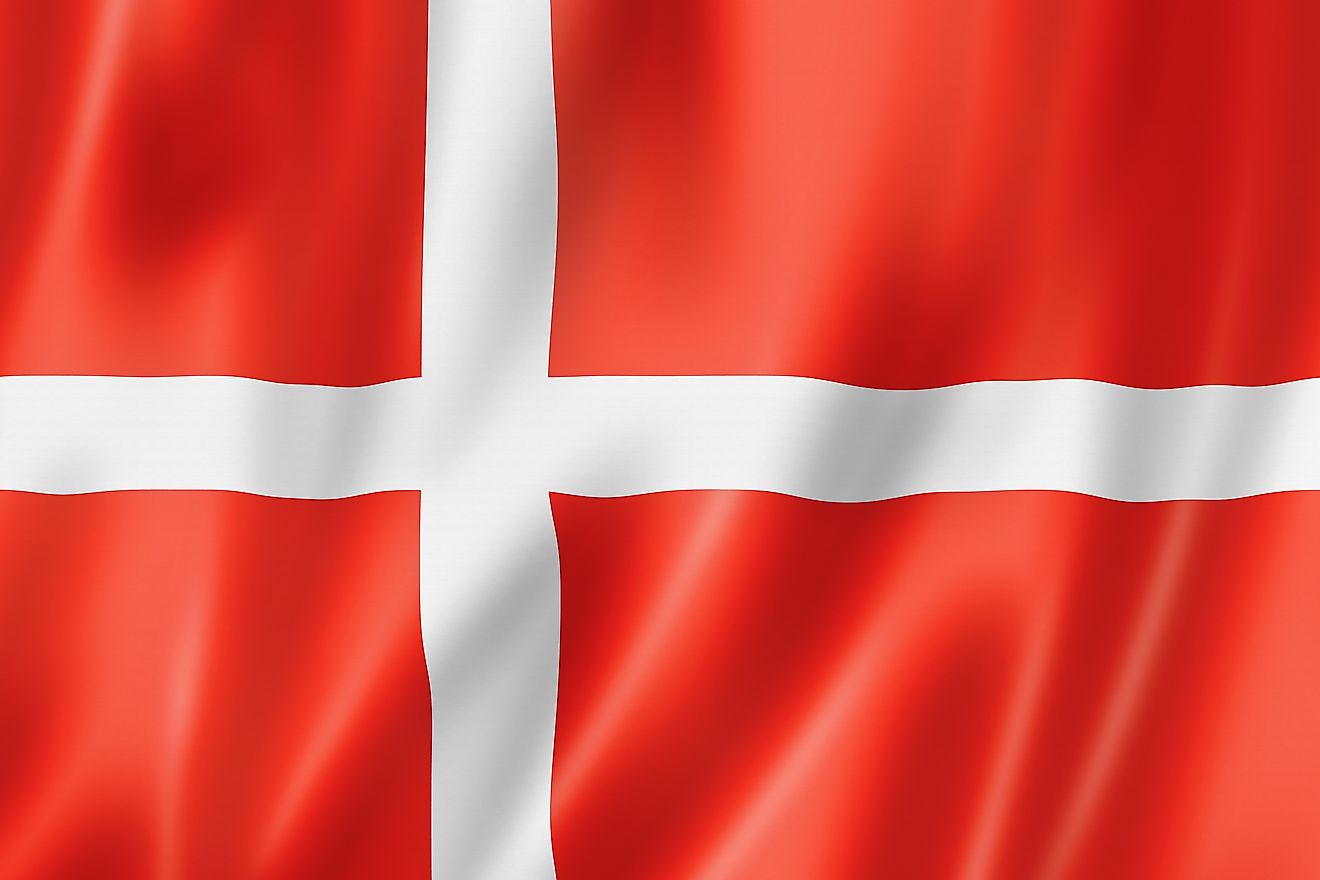Prime Ministers Of Denmark Since 1972 (Statsministers)

History of the Prime Minister of Denmark
Denmark was ruled by only a monarch between the 17th century and the beginning of the 19th century. It became a constitutional monarchy in 1848 and established a bicameral parliament and a Council Presidium. The office of Council President was created, which became the prototype for the office of Prime Minister.
The Prime Minister position as it is known today, was officially established in 1914 and is sometimes referred to as Minister of the State. Over the next several decades, the government underwent significant changes. The political parties with the majority shifted power and during World War II, where two of the Prime Ministers were allies of Nazi Germany. In protest, the government members resigned until the end of the war. A new cabinet took power in May of 1945. From 1947 to 1972, the Prime Ministers served under King Frederick IX. Since 1972, they have served under Queen Margrethe II. This article takes a look at some of the Prime Ministers during the reign of Queen Margrethe II.
Prime Ministers of Denmark Since 1972
Anker Jørgensen
Anker Jørgensen was the first Prime Minister appointed by Queen Margrethe II. His first term was from 1972 to 1973 and he served a second term from 1975 to 1982. He had a long history of political involvement before becoming the Prime Minister. In this position, he is perhaps most remembered for appealing to all the political parties in Parliament in support of the Danish welfare state. During his terms, he assisted Denmark in joining the European Economic Community and broadened the country’s social and welfare programs. Some of these programs include: the Social Assistance Act, the New Basic Education Act, the National Holiday Act, and the Severance Pay Act. This social movement lead to a large federal deficit and substantial government loans to pay the deficit. He resigned as Prime Minister after fighting an unsuccessful battle to increase taxes and decrease government spending. Roughly a decade after serving as Prime Minister, he negotiated the release of Danish hostages in Iraq in 1992. Jørgensen was a member of Parliament until 1994.
Helle Thorning-Schmidt
Helle Thorning-Schmidt served as Prime Minister from 2011 to 2015. She holds the distinction of being the only woman in Denmark to hold this position. Additionally, she is the only woman to have become the Leader of the Social Democrats, a political party. She is most known for expressing a centrist ideology, meaning she gave preference to legislation that was neither conservative nor liberal. During office, she guided Denmark through participation in the North Atlantic Treaty Organization’s (NATO) air strikes against Libya. She also successfully negotiated a tax reform to lower taxes for higher tax brackets in an effort to encourage increased workforce participation. Her cabinet faced some internal conflict in the latter part of 2013, causing Thorning-Schmidt to move around and change some of the Ministers. In January of 2014, members of the Socialist People’s Party resigned in opposition to the potential sale of DONG Energy, a state-owned energy company, to Goldman Sachs. In the 2015 election, her party lost control to a more conservative political party and she resigned.
Lars Løkke Rasmussen
Lars Løkke Rasmussen is the current Prime Minister of Denmark. He served previously between 2009 and 2011. His first term was enacted when the previous Prime Minister, Anders Fogh Rasmussen, resigned to become the Secretary General of NATO. Lars was heavily criticized during his first term for his approach to the COP15 summit when he spoke out against discussing procedure and made a call for action. Under Rasmussen in 2010, the government initiated spending cuts by reducing unemployment insurance, foreign aid, and child support. His political party, Venstre, lost the 2011 election and he resigned as Prime Minister. He won the following election in June of 2015, when he created a cabinet made up only of Venstre members. In November 2016, he added members from the Conservative People’s Party and the Liberal Alliance.
Prime Minister Duties
The Prime Minister of Denmark is the head of the government and the principal political figure for the country. The person in this position is appointed by the ruling Monarch, generally with the support of the National Parliament (Folketing). Because the government of Denmark has not had one political party with majority representation since 1901, the powers of the Prime Minister are weakened. This weakened position requires the Prime Minister to work harder to gain support for legislation from various political parties. The responsibilities of this position include: selecting Cabinet members for the Monarch’s approval, setting the agenda for weekly Council of Minister meetings, dealing with special legal issues concerning Greenland and the Faroe Islands, and managing the media’s contact with the state.
Prime Ministers Of Denmark Since 1972 (Statsministers)
| Statsministers of Denmark During the Reign of Margrethe II | Term(s) in Office |
|---|---|
| Anker Jørgensen | 1972-1973; 1975-1982 |
| Poul Hartling | 1973-1975 |
| Poul Schlüter | 1982-1993 |
| Poul Nyrup Rasmussen | 1993-2001 |
| Anders Fogh Rasmussen | 2001-2009 |
| Lars Løkke Rasmussen (Incumbent) | 2009-2011; 2015-Present |
| Helle Thorning-Schmidt | 2011-2015 |











